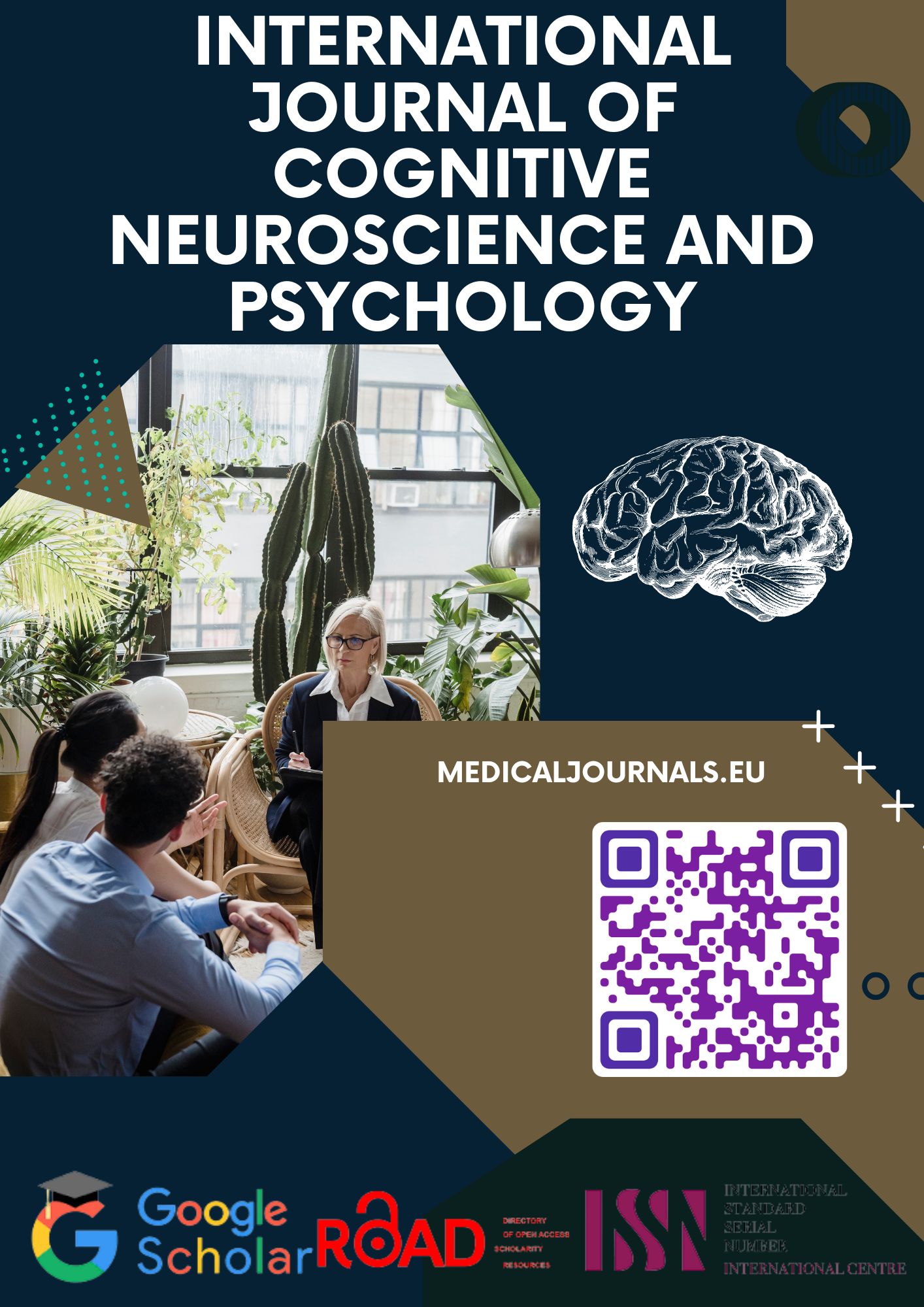NEUROLOGICAL VIEWS ON THE RELATIONSHIP BETWEEN POLYMORPHISM RS1544410 OF THE DRD4-A GENE AND NOCTURNAL ENURESIS
Keywords:
Comparative analysis, contradictory data, polymorphism, nocturnal enuresisAbstract
Children of adolescence represent a high-risk group. During this period, active changes in hormonal status occur and a mature and independent personality is formed. Excessive tension of the mental sphere and violation of the mechanisms of social adaptation lead to increased anxiety, decreased self-control, irresponsibility, unscrupulousness, cruelty and aggressiveness, consolidation of unfavourable traits in the formation of personality. Lack of timely psychological help to such children contributes to the development of neuroses, deviant and addictive behavior.
References
Wilkin J., Dahl M., Detmar M., et al. National Rosacea Society Expert Committee. Standard grading system for rosacea: report of the National Rosacea Society Expert Committee on the classification and staging of rosacea // J. Am. Acad. Dermatol. 2004.- Vol. 50.- No. 6.- P. 907-912.
Potekaev N. N. Rosacea.- SPb.: Binom, 2000.- 143 c.
Karpov A. V., Batkaev E. A. the role of the interaction of factors involved in the pathogenesis of rosacea, with treatment methods. Cons. Mad. 2015; 4: 10-12.
Abram K., Silm H., Maaroos H. I., Oona M. Risk factors associated with rosacea // J Eur Acad Dermatol Venereol. 2010 May; 24(5): 565-71.
Fibrton F., Seyes B. Density of Demodex folliculorum in rosacea: a case-control study using standardized skin-surface biopsy // Br. J. Dermatol. 1993.- Vol. 128.- No. 6.- P. 650-659.
Forton F., Brasser T. Demodicosis and rosacea: epidemiology and significance in daily dermatologie pravtice // J. Amer. Acad.Dermatol. 2005.- No. 1.- P. 74-87.
Zhao Y. E., Wu L. P., Peng Y., et al. Retrospective analysis of the association between Demodex infestation and rosacea. Arch Dermatol 2010; 146: 896-902.
Gulyamova G. Sh. Development of a complex method of treatment of patients with pink acne on the basis of the study of biochemical, morphological and microbiological parameters of the body: autoref. dis. ... kand. honey. sciences'.- Tashkent., 2007.- 18 p.
Babayants R. S., Ilinskaya A. V., Gromova S. A. Metronidazole in the treatment of rosacea and perioral dermatitis // Bulletin of dermatology and venereology.- 1983.- No. 1.- P. 13-15







